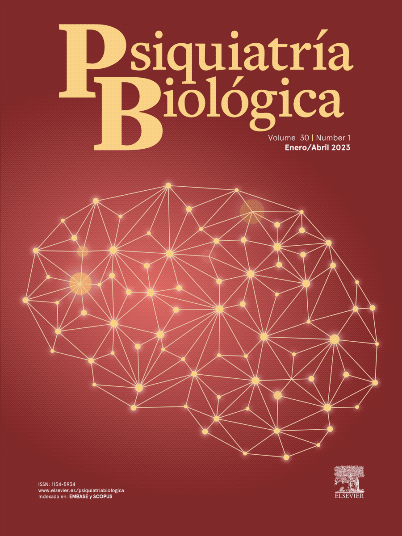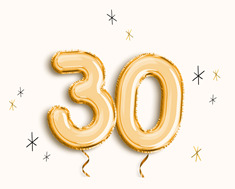Fundamento: Los pacientes esquizofrénicos no respondedores al tratamiento constituyen un grave problema clínico. Por ello, se desea evaluar la respuesta terapéutica de unas pautas psicofarmacológicas alternativas a los neurolépticos típicos.
Método: Una muestra de pacientes esquizofrénicos no respondedores fue asignada aleatoriamente, en diseño doble ciego, a dos grupos terapéuticos: experimental y control. El primero incluía 4 fases: 1) si existen síntomas afectivos asociados: haloperidol y carbamacepina o litio; 2) clozapina; 3) megadosis de haloperidol, y 4) tioridazina y valproato sódico. El grupo control incluía 3 fases: 1) haloperidol; 2) clorpromazina, y 3) clozapina. Se avanza de fase si no hay respuesta terapéutica tras 4 semanas de tratamiento. La evaluación semanal se realizó mediante las siguientes escalas: clínica (BPRS); síntomas positivos (SAPS); síntomas negativos (SANS); ajuste psicosocial (GAF), y efectos secundarios (UKU).
Resultados: Diecinueve pacientes han completado al menos una fase del protocolo. Entre los 2 grupos hubo un total de 13 pacientes respondedores: seis con clozapina, tres con haloperidol y cuatro con haloperidol más carbamazepina. El grupo respondedor presentó entre las evaluaciones inicial y final disminuciones medias superiores al 50% en las escalas BPRS y SAPS (p < 0,001) y al 40% en la SANS (p < 0,005) y GAF (p < 0,001) (estadístico: test de Wilcoxon). No se registraron efectos secundarios relevantes.
Conclusiones: La clozapina ha sido la terapéutica con mayor número de pacientes respondedores (seis de nueve que la recibieron, el 67%). Destacar la mejoría obtenida en 4 pacientes con la asociación carbamacepina y haloperidol. Trece pacientes con respuesta presentaron mejoría > 40% en todas las escalas.
Background: The non-responding schizophrenic patients pose a serious clinical problem. The aim of this study is to assess the therapeutic response to a psychopharmacologic protocol, in a sample of resistant schizophrenics.
Method: A double blind trial was carried out in which non responder schizophrenic patients were randomly assigned to two therapeutics schedules: experimental and control. The first consist of 4 phases: 1) on existence of affective symptoms: carbamazepine or lithium and haloperidol; 2) clozapine; 3) megadosis of haloperidol, and 4) thioridazine plus sodium valproate. The control group included 3 phases: 1) haloperidol; 2) chlorpromazine, and 3) clozapine. Each phase was forwarded if the decrease in BPRS was < 50% after 4 weeks of treatment. Weekly evaluation were performed by the following scales: clinical (BPRS), positive symptoms (SAPS), negative symptoms (SANS), psychosocial adjustment (GAF) and side effects (UKU).
Results: A total of 19 patients have completed one treatment phase at least. There were 13 treatment responders adding the two groups: 6 with clozapine, 3 with haloperidol and 4 with haloperidol plus carbamazepine. The patients showing improvement had a mean decrease > 50% in the BPRS and SAPS scales (p < 0.001) and more than 40% in SANS (p < 0.005) and GAF (p < 0.001) (statistic used: Wilcoxon test). No relevant side effects were observed.
Conclusions: Clozapine was the treatment achieving more number of responders, with 6 improving of a total of 9 clozapine treated patients (67%). It is worth to point out results obtained with the combination of haloperidol plus carbamazepine. The 13 total responders patients showed an improvement > 40% in all the scales.






